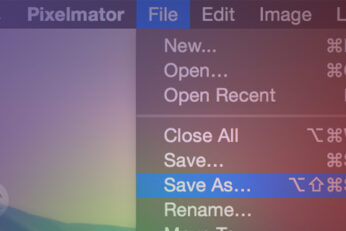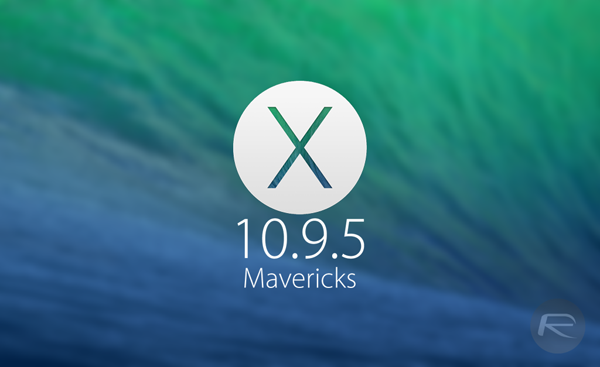This handy little tip shows you how to enable the Mac OS X 'Save As' option in both third-party and Apple's own apps that Cupertino-based company killed off a few years ago.
It's only been a matter of days since Apple issued OS X Yosemite's latest point release, version 10.10.5, which fixed a number of important security flaws but it looks as there is already additional woe for the Cupertino-based company to consider. On the back of that point release yet another vulnerability within OS X Yosemite has been discovered and made public, this time without actually informing Apple of the issue before allowing the currently unpatched issue to get into the public domain.
Although we've been largely sidetracked with the goings on of OS X 10.10 Yosemite and iOS 8, Apple is still working on improvements for the current software line-up, and in conjunction with the release of iOS 7.1.2 for those rocking an iPhone, iPad or iPod touch, the company has also rolled out OS X Mavericks 10.9.4. As implied by the build number, the update is a rather rudimentary one, with fixes to Wi-Fi and a slight bump for Safari, among a couple of other tweaks, and below, we've got a full round-up.
Apple just announced and released the Developer Preview of OS X 10.10 Yosemite, and although the forthcoming Mac software update offers a little more than a few cosmetic changes, it is indeed those aesthetic tweaks that are most noticeable about this particular version. Here, we take a look at Yosemite's UI elements versus the corresponding design of the preceding OS X 10.9 Mavericks, and although it doesn't, on the whole, feel as dramatic a departure from tradition as iOS 7 did back in September of last year, the breakdown really hits home how much work Apple's design team has put in.
If you use any operating system for any real length of time, then you start to put together your own list of neat little tricks that make your life easier, or let you do your work to a higher standard. Some people call this being a 'power user,' but no matter what you call yourself, we suspect that we've got some Mac OS X tips that you probably don't know. In fact, some probably even qualify for the 'secret' tag, such is our confidence that they're underused.
Apple today released OS X Maverick 10.9.3, after a considerable amount of developer testing. Having been given the build number 13D61, it is now ready to download from the Mac App Store, and you can catch all of the key details on this release right after the break.
Apple's OS X Mavericks was first announced back at this year's WWDC, and although it hasn't really brought any earth-moving changes, it has somewhat enhanced the desktop operating system from last year's Mountain Lion. Having rolled out very recently, work as been ongoing with regards to changes and improvements, and today, Apple has seeded the first OS X 10.9.2 Mavericks beta to developers.
Apple has been seeding various builds of OS X Mavericks 10.9.1 to beta testers and AppleCare employees for a few weeks now, and today the final shipping version has been made available as a free update for all Macs running the latest version of Apple's operating system, OS X Mavericks.
OS X Mavericks brought with it a great blend of new feature additions mixed perfectly with enough power-saving ability to make the operating system a great option for Apple's desktop and notebook using consumers. However, with the initial seed of a new OS there is always going to be a few bugs that managed to slip through the pre-release controlled beta test. If you are one of those perturbed users who has been experiencing some difficulties with the native Mavericks Mail app working alongside a Gmail email account, then hopefully today's Mavericks update will offer up a solution to those woes.
Users all over the world are having their say about the relatively recent revelations of spying and stealth information capture that seems to be standard practice within certain departments. That heightened sense of awareness hasn't been helped by the fact that a keen eyed programmer came across a block of code in Apple's new OS for the Mac - OS X Mavericks - that suggests that the Californian giants are watching us. As we expected, it turns out that jumping to an initial conclusion without all of the evidence generally ends up with the wrong assumption being reached.




